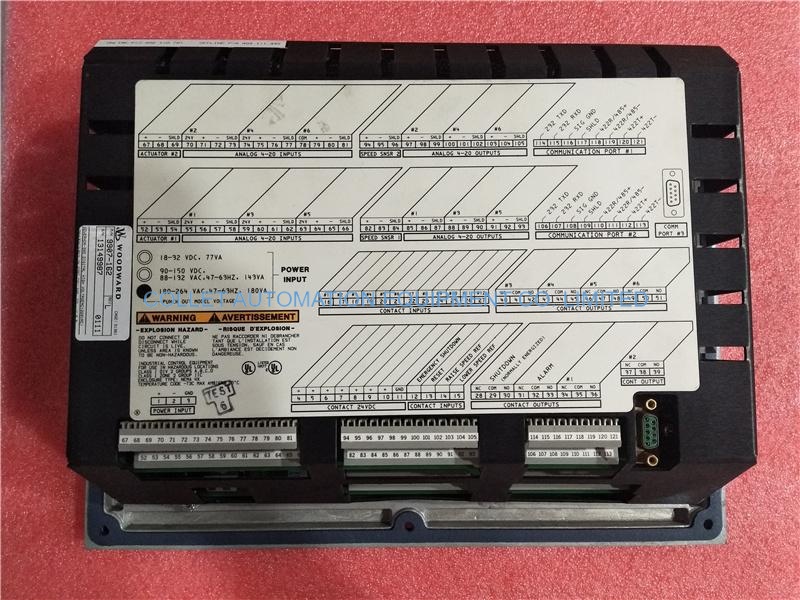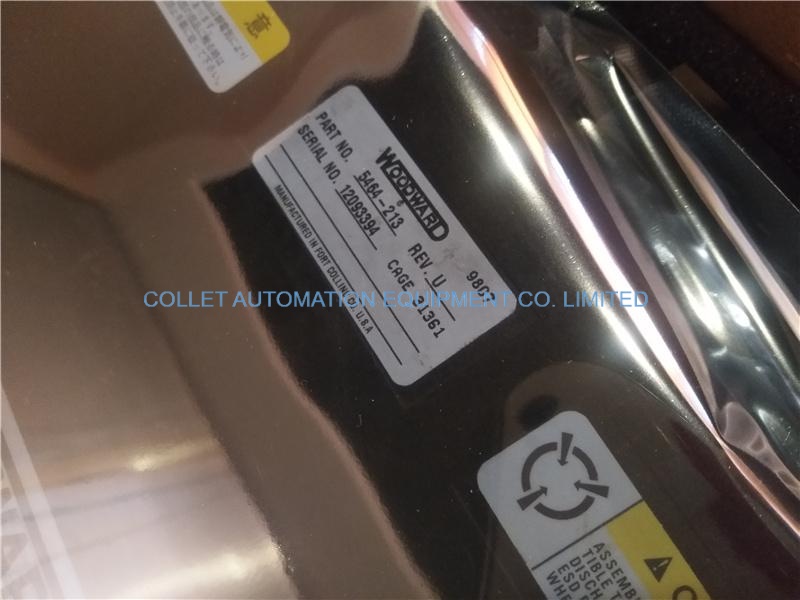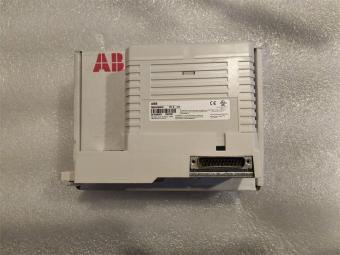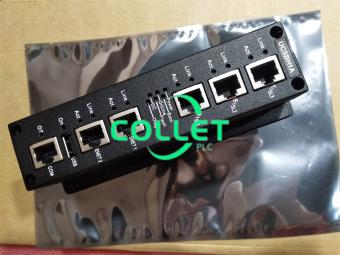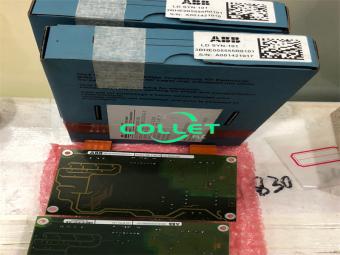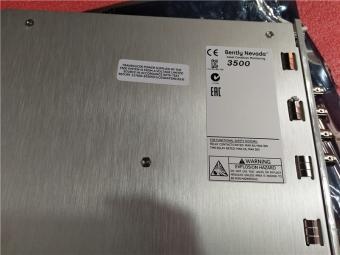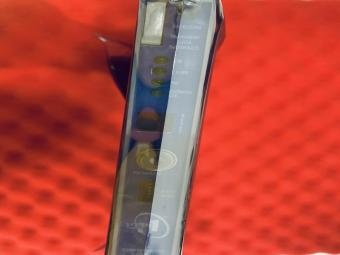|
Manufacture |
WOODWARD |
|
Model |
9905-971 |
| PN No. |
9905-971 |
|
Catalog |
505 |
|
Description |
Discrete Input Module |
| Origin | U.S.A. |
| HS CODE |
85389091 |
| Dimension |
12*6*4 (CM) |
| Weight | 0.6 kg |
Description:
9905-971 is a Discrete Input Module developed by Woodward. For each relay output, it has latent fault detection. Each discrete input has a voltage of 24 Vdc. Each relay output allows you to use either a normally open or normally closed contact. The modules are inserted into card guides in the control's chassis and connected to the motherboard. Two screws, one at the top and one at the bottom of the front panel, hold the modules in place. There are also two handles at the top and bottom of the module that, when toggled (pushed outward), move the modules out just far enough for the boards to disengage the motherboard connectors.
Features
Each of the four modules of the control accepts six contact inputs. The control or an external source can supply the contact wetting voltage. Each relay module has a contact wetting voltage of 24 Vdc. To source the voltage, an external 18-32 Vdc power source or an external 100-150 Vdc power source can be used.
As all discrete inputs are fully isolated, a common reference point between the inputs and the contact power source must be established. Jumpers are required between relay module terminals 33, 34, and 35 if the 24 Vdc internal power source is used for contact wetting.
If an external power source is used for contact wetting, the external source's common must be connected to the discrete input commons of the relay module (terminals 34 and 35).
Latent Fault Detection
It is critical to detect latent faults in a fault tolerant system because, while a single fault may go undetected, another fault may cause a shutdown. Discrete outputs can be configured to detect relay failures using latent fault detection without affecting the state of the relay output.
One relay output is made up of six individual relays. When a relay output is closed, all six relay contacts are closed. Due to the relays' series-parallel configuration, the failure of any two individual relays will not cause the output to open. Individual relays are opened and closed in pairs on a regular basis to ensure that they are in the correct state and that they change state.
When a relay output is open, all six relay contacts are open. Due to the relays' series-parallel configuration, the failure of any one relay will not cause the output to close. Individual relays are closed and reopened one at a time to ensure that they change state. The readback circuitry detects the state of each relay contact. Any errors are reported, and further testing is halted without affecting the state of the relay output contact or control operation. The detection of latent faults is not appropriate for all applications or circuits.
Datasheet Link:
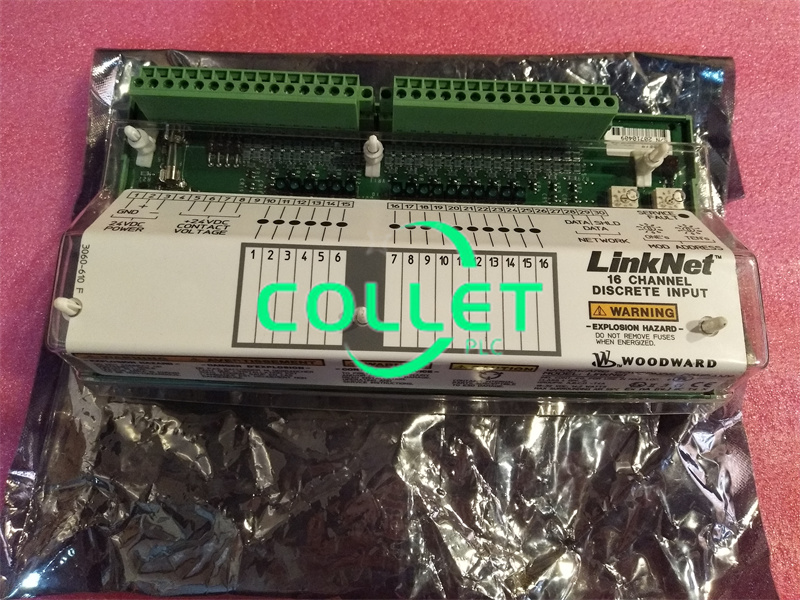






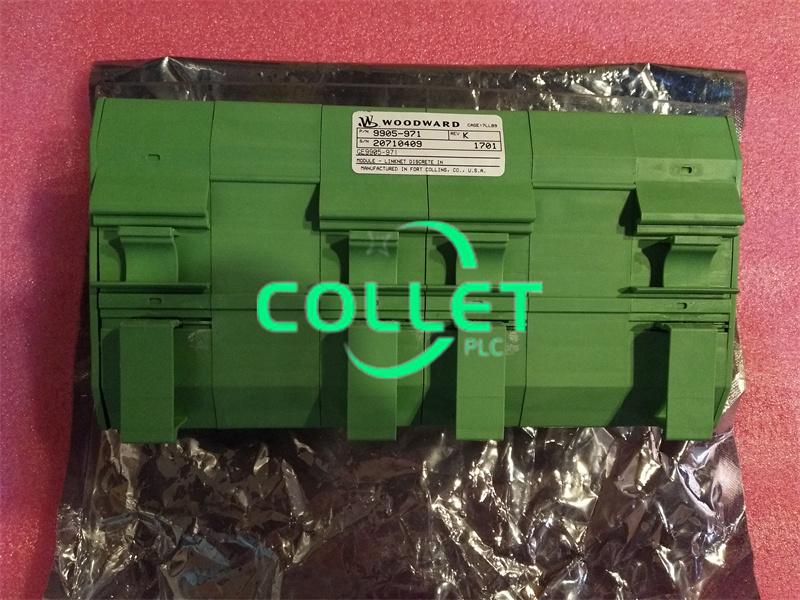

 9905-971 WOODWARD Datasheet
9905-971 WOODWARD Datasheet



